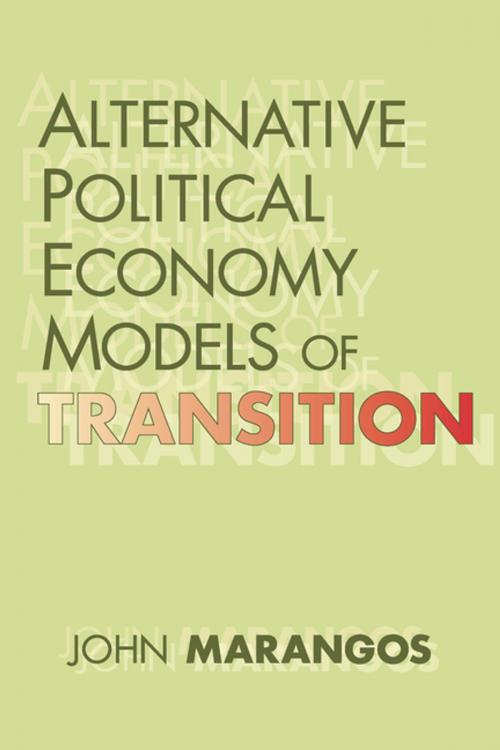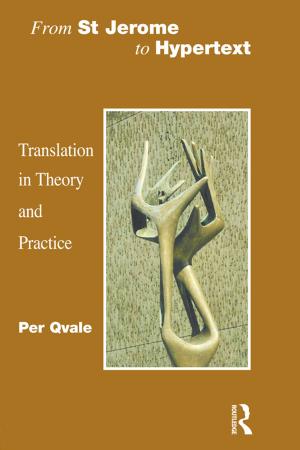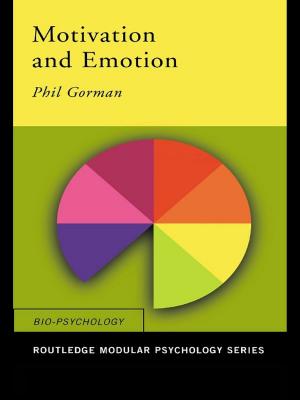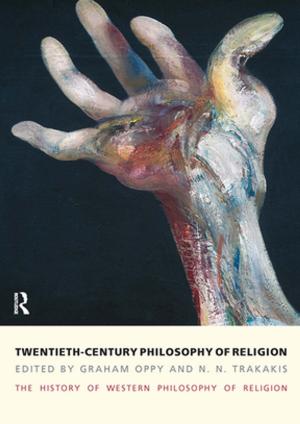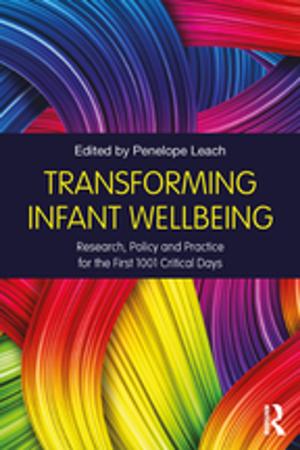Alternative Political Economy Models of Transition
The Russian and East European Perspective
Business & Finance, Economics| Author: | ISBN: | 9781351533041 | |
| Publisher: | Taylor and Francis | Publication: | July 5, 2017 |
| Imprint: | Routledge | Language: | English |
| Author: | |
| ISBN: | 9781351533041 |
| Publisher: | Taylor and Francis |
| Publication: | July 5, 2017 |
| Imprint: | Routledge |
| Language: | English |
The collapse of centrally administered socialism in Russia and Eastern Europe resulted in what is commonly referred to as the transition problem: the transformation from a centrally administered socialist economic system to one that is market-based. Economic science has been faced with the challenge of developing an appropriate body of analysis, advice, and direction to help other nations that may be undergoing this process. In this volume, John Marangos adopts a political economy approach that yields alternative models of transition.
The volume develops transition models from what Marangos defines as the primary elements of six variables: (1) economic analysis; (2) definitions of the Good Society; (3) speed of transition; (4) political structure; (5) ideological structure; and (6) initial conditions. The models developed include: the shock therapy model, the neoclassical gradualist model of transition, the post Keynesian model, the pluralistic market, the socialist model, and the non-pluralistic market socialist model. After identifying the primary elements of each transition model, Marangos considers the elements of each model with respect to the desirable reforms.
An essential element of the transition process is not only to identify the necessary reforms but also a sequence in which the reforms should be introduced. For each transition model developed in this book, a set of primary and secondary elements were provided in conjunction with a sequence of reforms. Analyzing the transition problem from a political economy perspective, Marangos shows that it is possible to have inconsistencies within each transition model and between transition models yet be able to identify the potential for implementation and maintenance of necessary reforms each model recommends. This volume contributes to the understanding of the process of transition, with the objective of identifying an optimal model of transition.
The collapse of centrally administered socialism in Russia and Eastern Europe resulted in what is commonly referred to as the transition problem: the transformation from a centrally administered socialist economic system to one that is market-based. Economic science has been faced with the challenge of developing an appropriate body of analysis, advice, and direction to help other nations that may be undergoing this process. In this volume, John Marangos adopts a political economy approach that yields alternative models of transition.
The volume develops transition models from what Marangos defines as the primary elements of six variables: (1) economic analysis; (2) definitions of the Good Society; (3) speed of transition; (4) political structure; (5) ideological structure; and (6) initial conditions. The models developed include: the shock therapy model, the neoclassical gradualist model of transition, the post Keynesian model, the pluralistic market, the socialist model, and the non-pluralistic market socialist model. After identifying the primary elements of each transition model, Marangos considers the elements of each model with respect to the desirable reforms.
An essential element of the transition process is not only to identify the necessary reforms but also a sequence in which the reforms should be introduced. For each transition model developed in this book, a set of primary and secondary elements were provided in conjunction with a sequence of reforms. Analyzing the transition problem from a political economy perspective, Marangos shows that it is possible to have inconsistencies within each transition model and between transition models yet be able to identify the potential for implementation and maintenance of necessary reforms each model recommends. This volume contributes to the understanding of the process of transition, with the objective of identifying an optimal model of transition.
